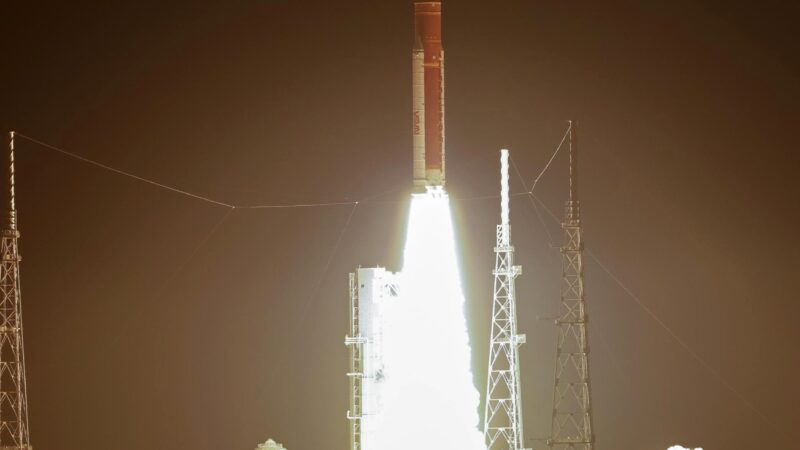Shining Ring -James Weber Space Telescope Shooting Neptune Image

Overview
Neptune was first discovered in 1846, and when Pluto was excluded from the planet in 2006, it officially became the outermost planet of our solar system.
Now, the eyes of
( hereinafter referred to as Weber) have shifted from the deep universe to our solar system, capturing a bright hose star and its exquisite and dusty ice ring images. These details are dozens of dozens I have never seen.
The European Space Administration Science and Explore Senior Adviser Mark McCaughrean said: “Now Weber’s unprecedented infrared imaging ability has given people a new understanding of the atmosphere of Neptune.”
Last observation

Neptune’s Image by Voyager 2
Neptune is so far away from our planet that the last time scientists got a good look at the planet in any detail was in 1989.
At that time NASA’s Voyager 2 completed its flyby. Those images are great, but they don’t give a complete look at the planetary ring system.
Now, with this new image of Neptune from Webb, astronomers are seeing rings like never before.
New Image Details

Webb’s Near-Infrared Camera (NIRCam) image of Neptune, taken on 12 July 2022, brings the planet’s rings into full focus for the first time in more than three decades. The most prominent features of Neptune’s atmosphere in this image are a series of bright patches in the planet’s southern hemisphere that represent high-altitude methane-ice clouds. More subtly, a thin line of brightness circling the planet’s equator could be a visual signature of global atmospheric circulation that powers Neptune’s winds and storms. Additionally, for the first time, Webb has teased out a continuous band of high-latitude clouds surrounding a previously-known vortex at Neptune’s southern pole.
“The telescope removes all glare and background so that we can start teasing out its atmospheric composition,” McCaughrean said.
Neptune appears dark blue in previous images taken by the Hubble Space Telescope due to methane in its atmosphere.
However, near-infrared wavelengths captured by Webb’s primary imager, NIRCam, showed the planet an off-white color with icy clouds on its surface.
“The rings are more reflective in the infrared, so they’re easier to see,” McCaughrean said.
The image also shows “fascinating brightness” near Neptune’s top, NASA said in a statement. Because the planet is tilted away from Earth and takes 164 years to orbit the sun, astronomers haven’t gotten a good look at its north pole.

In this version of Webb’s Near-Infrared Camera (NIRCam) image of Neptune, the planet’s visible moons are labeled. Neptune has 14 known satellites, and seven of them are visible in this image. Triton, the bright spot of light in the upper left of this image, far outshines Neptune because the planet’s atmosphere is darkened by methane absorption wavelengths captured by Webb. Triton reflects an average of 70 percent of the sunlight that hits it. Triton, which orbits Neptune in a backward orbit, is suspected to have originally been a Kuiper belt object that was gravitationally captured by Neptune.
Webb also discovered 7 of Neptune’s 14 known moons (Galatea, Naiad, Thalassa, Despina, Proteus, Larissa, and Triton). The looming Neptune in the magnified image appears to be a very bright, pointed star, but it’s actually Triton, Neptune’s strangely massive moon.
“Triton, which is larger than the dwarf planet Pluto, appears to be brighter than Neptune because it’s covered in ice, which reflects light. At the same time, Neptune absorbs most of the light that falls on it,” McCaughrean said.
Looking ahead

James Weber Space Telescope
Webb is the most powerful space telescope ever built and has already unleashed an unprecedented amount of data since it entered service in July. Scientists hope it will herald a new era of discovery.
References:
[1]ESA – New Webb image captures clearest view of Neptune’s rings in decades











Like a small ring